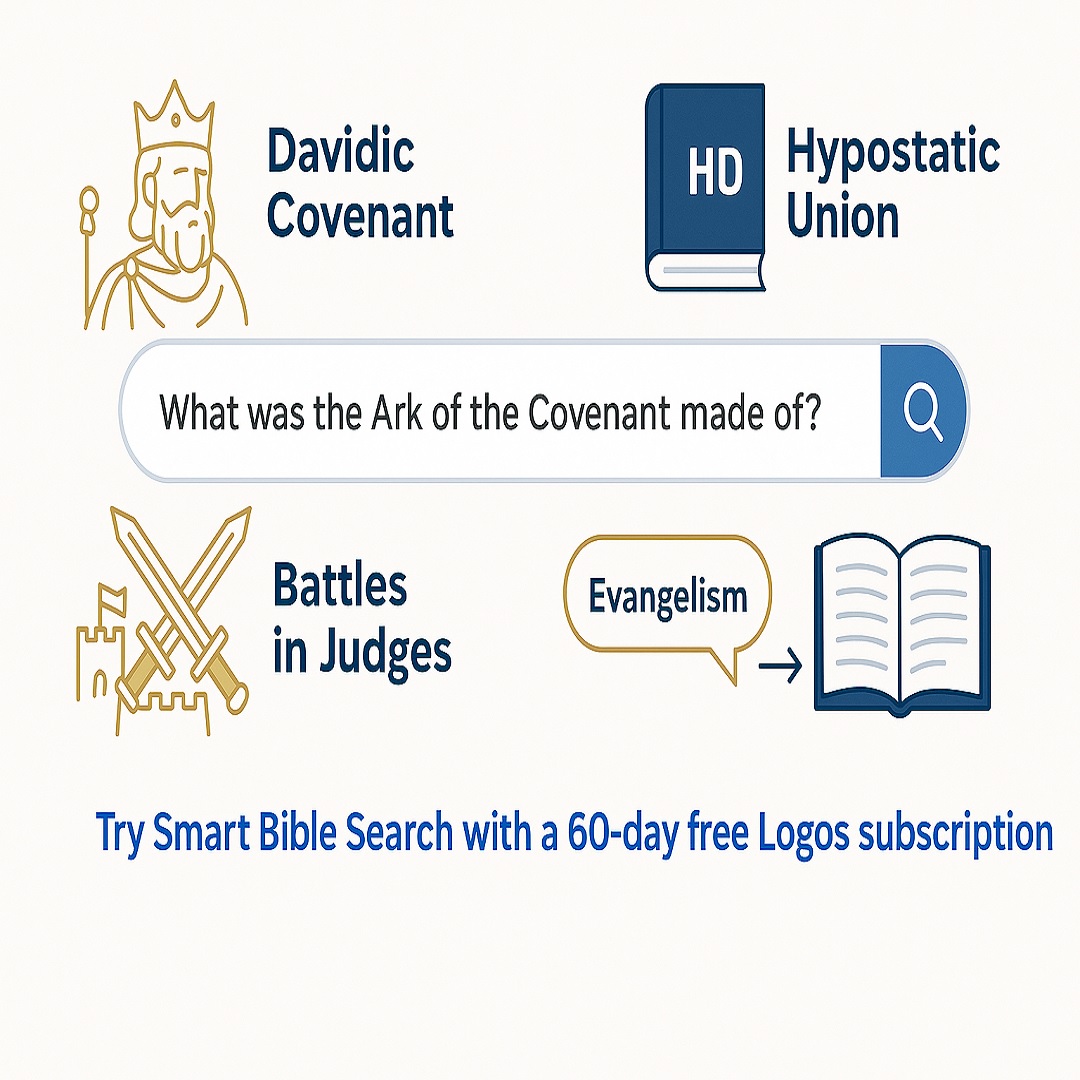Churches Can Grow Without Revival—Here’s How
Revival is powerful. It changes lives, stirs communities, and often spreads beyond the walls of the church. But what happens when revival is done or doesn’t come? Can the church still thrive? Can Church Growth Still happen? Many examples throughout history show that the answer is yes. Often, these are the flow-on effects of revival. But not always. Churches can and do grow even without the extraordinary movement of the Holy Spirit we call revival. Is that growth less extraordinary because it doesn’t come in the same way? I think not.
Understanding Revival
Revival is more than excitement or good attendance. It is a deep, spiritual awakening brought about by God’s sovereign work. It brings conviction, repentance, and an overwhelming sense of God’s holiness. People return to prayer. Sin is confessed openly. Entire communities may change.
Charles Finney called revival “a new beginning of obedience to God.” J. Edwin Orr described it as a return to New Testament Christianity. Revival often results in mass conversions and radical life changes. However, it is not something churches can schedule or produce. It comes as God wills, often after long seasons of prayer and waiting.
Growth Without Revival
Church Growth can still occur in the absence of revival. Many churches grow through consistent, faithful ministry. They build through strong leadership, clear teaching, and intentional outreach. While the growth may look less dramatic, it is often more sustainable.
Strategic church growth includes focused discipleship, hospitality, small groups, children’s ministries, and community service. These elements, while ostensibly humanly planned, can still honour God and reflect spiritual health. I say ostensibly because if these things are done in concert with God, through prayer and meditation, they are not strictly humanly planned. Programs not done in concert with God will either fail or become corrupted. Churches that teach the gospel clearly and love their neighbours well often see fruit, even without the emotional and cultural surge that revival brings.
Two Case Studies Of Church Growth: One with Revival, One Without
In 1904, the Welsh Revival swept through Wales. Evan Roberts led spontaneous meetings full of prayer, singing, and confession. Crime dropped. Taverns emptied. Over 100,000 people converted in less than a year. But many of these converts lacked deep discipleship. Within a few years, the movement had faded. Its fire was strong, but short-lived.
In contrast, Redeemer Presbyterian Church in New York City grew through slow, deliberate planning. Pastor Tim Keller preached with clarity and theological depth. The church welcomed sceptics, emphasised mercy ministries, and invested in church planting. It grew to thousands without revival and has impacted hundreds of churches worldwide. Its growth came not from mass emotion, but from long-term faithfulness.
I don’t ever want to be part of a large church. It is too impersonal. But I don’t want to be part of a healthy church. Surely, there is no reason why we cannot apply the strategies of a church that grew large to help deliver this health. I would love to be a church that, once it grew to a certain size, did a kind of mitosis to become two. There are church groups throughout history that are said to have done this.
Well-known examples of a church deliberately splitting to grow are the Methodist movement under John Wesley, particularly as it developed in 18th and 19th-century Britain and America.
Key Points:
- Wesley’s Methodism used a system of class meetings, societies, and circuits. When a society (early congregation) became too large, it was intentionally divided into smaller classes or societies to maintain intimacy and accountability.
- This model was not accidental—it was strategic and mission-driven. Growth led to planned multiplication, rather than consolidation.
- In America, the Methodist Episcopal Church followed a similar model: as congregations outgrew their meeting spaces or geographic reach, new churches were planted intentionally, sometimes by splitting off active members to start fresh works.
Another Example: The Moravians
The Moravian Church, especially in the 1700s, under leaders like Count Zinzendorf, often sent out groups to start new communities, rather than expand one central church. These weren’t always called “splits,” but the principle was the same—growth through sending.
Modern Parallel of Church Growth
In more recent history, cell church movements (e.g. in Korea or Latin America) deliberately split small groups and sometimes entire congregations to plant new churches. The goal is not division out of conflict, but multiplication through design.
Would you like examples from a specific era, region, or denomination?
Key Differences Between Revival and Strategic Growth
- Revival is sudden, emotionally intense, and sovereign.
- Strategic growth is steady, intentional, and often quieter.
- Revival may lack structure; strategy builds sustainable systems.
- Both require prayer, gospel-centered teaching, and dependence on God.
Preparing for Both Paths
The church should always seek God earnestly. Prayer, repentance, and gospel proclamation are never wasted. If revival comes, we welcome it. If it doesn’t, we keep building, teaching, loving, and serving. Church Growth through human means is not a lesser thing when done with integrity and dependence on God.
Churches don’t need to choose between revival and structure. They can prepare for revival while building healthy systems that sustain growth. Faithful ministry will bear fruit—in revival or out of it.
Comparison: Revival Growth vs Strategic Church Growth
| Aspect | Revival Growth | Strategic Church Growth |
|---|---|---|
| Source of Momentum | Sovereign move of the Holy Spirit | Human planning, leadership, and vision |
| Spiritual Atmosphere | Deep conviction, intense prayer, God’s presence | Uplifting, practical, often vision-driven |
| Primary Drivers | Repentance, brokenness, spiritual hunger | Vision, leadership models, and outreach programs |
| Conversion Pattern | Sudden and widespread | Gradual and relational |
| Church Attendance Impact | Rapid, unexpected increase | Steady and strategic growth |
| Emotional Tone | Humble, serious, often tearful | Encouraging, hopeful, accessible |
| Discipleship Risk | Shallow if not followed up | Consumerism or superficiality |
| Long-Term Fruit | Enduring if structured | Sustained through systems |
| Success Measures | Spiritual transformation | Metrics: attendance, giving, programs |
| Cultural Impact | Often reshapes society | Usually limited to the church |
| Role of Preaching | Spirit-anointed, bold, confrontational | Clear, relatable, practical |
| Typical Duration | Short but intense (weeks to years) | Ongoing, slow adjustments |
| God’s Sovereignty vs Human Strategy | Primarily God-initiated | Primarily human-initiated |
Case Study 1: The Welsh Revival (1904–1905)
Context: Wales was Christian in heritage but spiritually cold. Evan Roberts, a young coal miner, began calling people to repent and seek God.
Results:
- 100,000+ conversions within a year
- Taverns closed, crime dropped, society changed
- Meetings led by prayer and singing, often lasting all night
Challenges: Follow-up was lacking. Many converts later drifted due to a lack of discipleship. Still, the impact echoed into missions and influenced future revivals.
Case Study 2: Redeemer Presbyterian Church, New York City
Context: A secular urban setting where churches had declined. Tim Keller launched Redeemer with clear preaching and a long-term vision.
Strategy:
- Engaged sceptics with reasoned, gospel-centered preaching
- Planted churches instead of growing one megachurch
- Focused on discipleship, mercy, and cultural engagement
Results: Grew to over 5,000 attendees and planted 200+ churches globally. No revival occurred, but growth was steady and deep.
Summary
| Revival (Welsh) | Strategic Growth (Redeemer NYC) |
|---|---|
| Spirit-initiated | Leader-initiated |
| Rapid and intense | Steady and deliberate |
| Culture-shaking | Culture-aware |
| Short-lived if unsupported | Long-lasting through teaching |
| Emotionally charged | Thoughtfully grounded |
Revival is powerful. It changes lives, stirs communities, and often spreads beyond the walls of the church. It is a deep, spiritual awakening brought about by God’s sovereign work. Bringing conviction, repentance, and an overwhelming sense of God’s holiness. People return to prayer. Sin is confessed openly. Entire communities may change.
However, it is not something churches can schedule or produce. It comes as God wills, often after long seasons of prayer and waiting. Sometimes, however, even with such measures, Revival does not come.
Church growth can and does occur without revival as defined above. History shows that faithful, intentional ministry often leads to steady and lasting impact. Some would even say that it is a form of revival. Churches like the Methodists and Moravians demonstrated that growth doesn’t always require a spiritual awakening or even a large congregation; sometimes it comes through bold strategy and deliberate multiplication. A healthy church doesn’t fear releasing people; it sees it as a way to extend God’s kingdom. When driven by prayer and purpose, even a planned division can spark new life in both the sending and receiving communities.
Should we pray for revival? Absolutely!
But we should not stand still in doing the work that go has set out for us. As Paul says in Ephesians 2:10, “We’re the product of what God does, created in Christ Jesus to do good, which God already planned that we should do.”
===============================================



 Search The Bible the way you have always wanted to.
Search The Bible the way you have always wanted to.
 The most complete Bible study Platform. Start you Free trial Now!
The most complete Bible study Platform. Start you Free trial Now!


